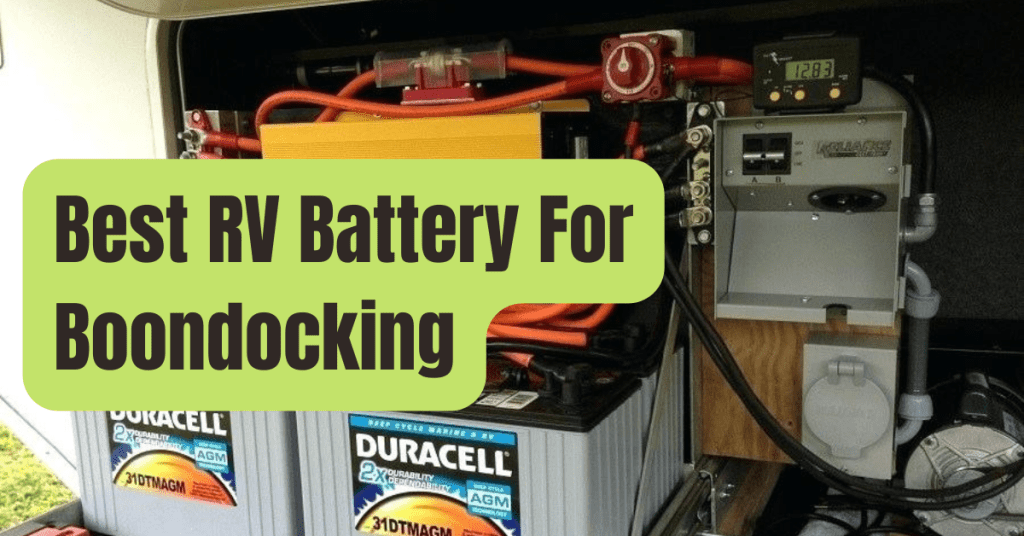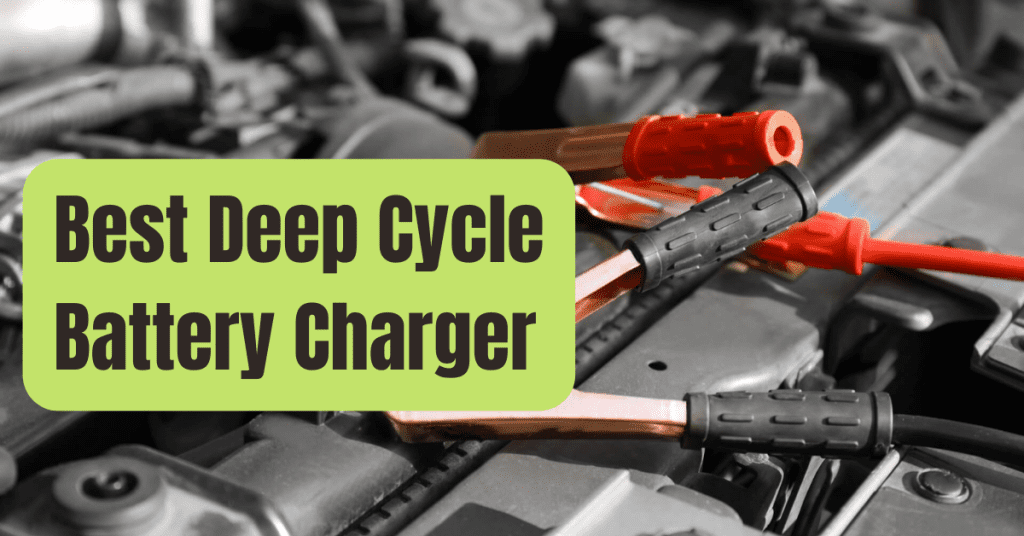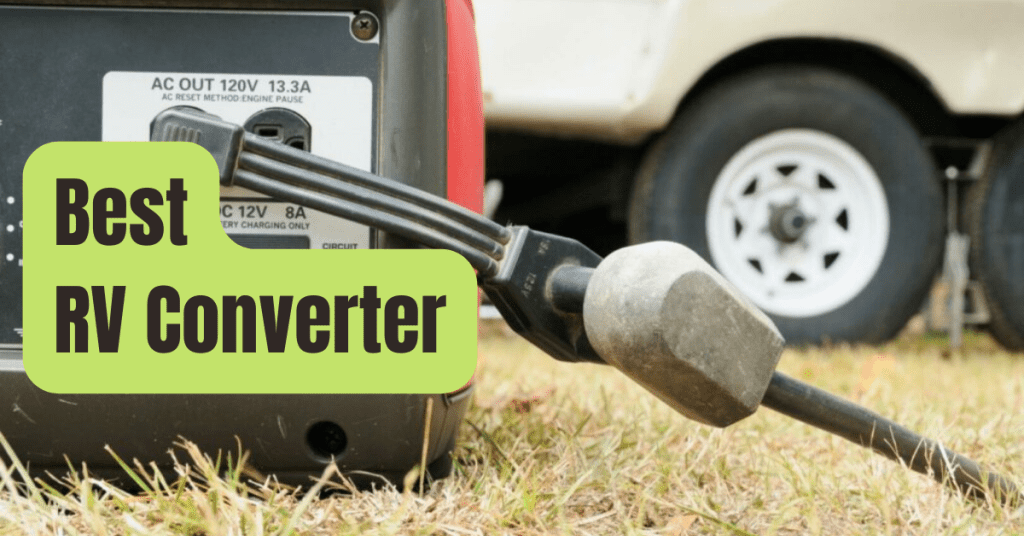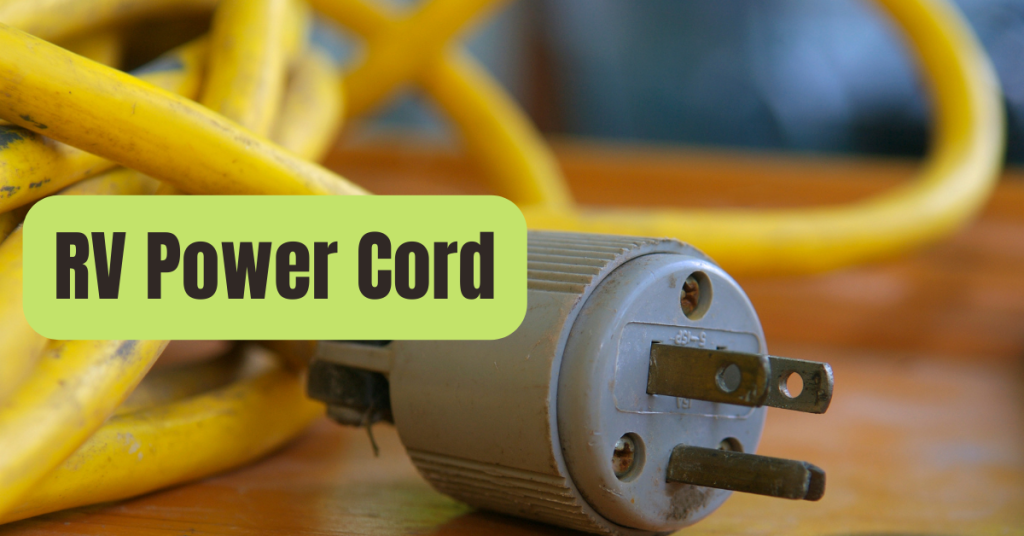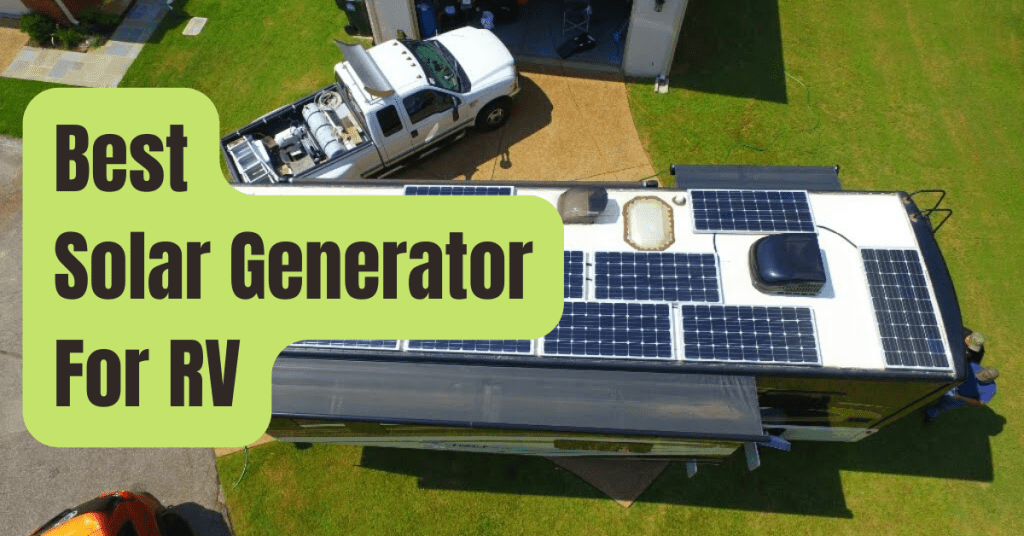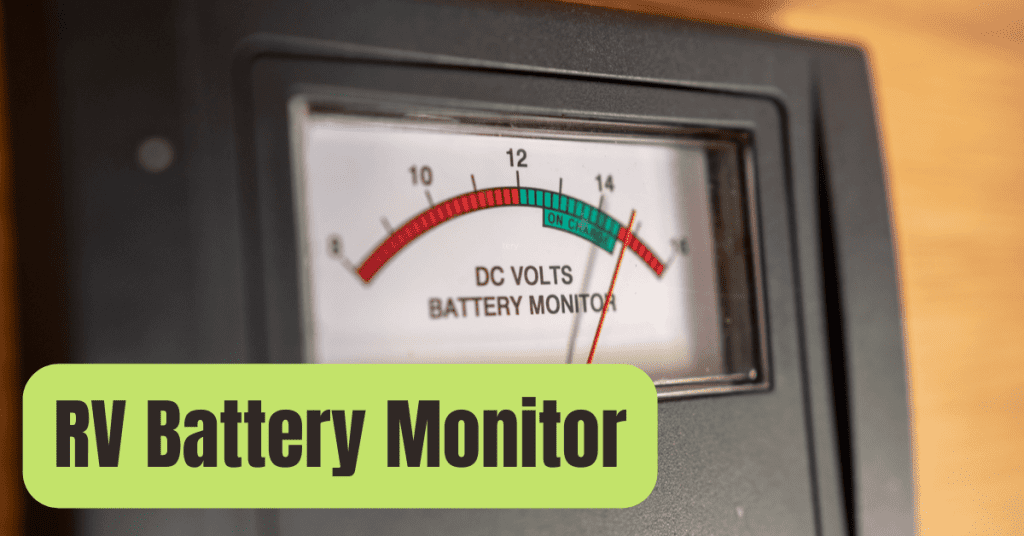The only thing left to do is wait until your generator is needed after you’ve plugged it in, installed it, covered it, and oiled it up.
However, if you’re planning ahead of time for what you’ll be able to run, you might be wondering how much you’ll be able to power with a 3500-watt generator.
While a 3500-watt generator won’t be able to meet the needs of an entire household at once, it can power a variety of appliances independently.
A 3500-watt generator can easily power the refrigerator, lights, chargers, computers, and a television system in most homes.
However, you may have more items that need the use of your generator; calculating how much you can perform is critical.
Every 3500-watt generator is different, and most of them can’t handle the total power draw of an entire house when all appliances are turned on at the same time.
How Many Appliances Can A 3500-watt Generator Power?
We suggest just operating two major appliances at a time, with smaller appliances taking up the rest of the electricity.
Your TV, laptop, and phone chargers all use a small amount of power, but they can quickly add up to drain your generator system.
Many people believe that running three to four large items and a few smaller items will be simple; however, things tend to add up.
This means that while turning on all of the lights in the house may seem insignificant, it can quickly deplete your generator’s power and cause headaches.
When the power goes out, generators that produce only 3500-watts can ensure that you don’t have a bad day.
You will, however, need to balance what is on and off if you want to run multiple appliances and other things around the house.
Will a 3500-Watt Generator Be Enough to Run My Air Conditioner?
A 3500-watt generator may be sufficient if the only item the generator needs to power is your air conditioning system.
Because these systems nearly always consume a lot of electricity, you can only operate one AC system at a time with a few heating systems.
If you need to cool off a space while utilizing a generator, we suggest employing a fan system, which uses much less electricity.
Many individuals all around the globe have made the mistake of believing that 3500-watt generators are sufficient to power everything, even an AC system.
You should be aware of this restriction; if you live someplace hot, you may need an air conditioning system to live comfortably or avoid heat stroke.
Solar power or other techniques of generating electricity particularly for temperature control has grown popular in hotter locations across the globe for a reason.
What Kinds of Appliances Can a 3500-Watt Generator Power?
When you initially turn on your generator, you’ll need to know exactly which appliances in each area you’ll be able to use.
For simplicity of comprehension, we’ve compiled a detailed list of the maximum amount of electricity each area should consume, as well as which equipment may work together.
All of these appliances should be used with caution; running them all at the same time can soon destroy your generator.
Your generator, on the other hand, will give all the electricity you need if you are attentive and operate each room or area as needed.
#1. In the Family Room
When using your generator, this room presents the greatest problems since someone will want to watch TV while you cook.
To avoid headaches and disputes, the basic rule is to start watching TV after everyone has eaten and cleaned up.
While the systems in the living room aren’t powerful enough to take down your generator on their own, they may provide the necessary boost.
You may easily regulate the overall load on your machine by measuring which operations are running in your living room.
- TV & Sound: The most typical items to operate, as well as two sections that are simple to run and consume the least amount of electricity from your generator. The usual TV and sound system will only require 200 to 500 watts, hardly dipping into the generator’s power supply.
- Lights: LED lights utilize just 5 to 10 watts each light, so you won’t need more than a handful for your living area. You shouldn’t have to worry about the lights being on as long as the bulbs that aren’t in use are turned off.
- Chargers: Phone and laptop chargers require almost the same amount of electricity as your television, so you can charge everything ahead of time. Surges will not damage your gadgets if you do so while watching TV and nothing else is consuming power.
- Consoles: Consoles normally come with their own power sources, enabling you to utilize them with a generator fast and easily. Even while playing complex games, even the most powerful contemporary consoles require just roughly 177 watts.

#2. In the Dining Room
The kitchen is easily and comfortably the most power-consuming room in your house; practically every single piece of equipment consumes a significant amount of energy.
Many of the items you’ll need in the kitchen may virtually use all of your generator’s 3500 watts on their own.
To avoid this, we recommend meticulously recording how much energy each appliance consumes and never running more than two at once.
While using the kitchen, be cautious not to use other high-powered gadgets around your home.
- Refrigerator: Once turned on, the refrigerator is estimated to consume around 1000 watts of power, which is easily accounted for. However, when it first starts, the power output spikes to around 1500 to 1800 watts, which can kill the generator if it is already being used for something else.
- Induction Plates: When using a generator, induction plates are the only electric plates we recommend. However, because just one of these plates can use up to 2000 watts at a time, it’s best to limit yourself to no more than 800 watts.
- Air fryer: Although the air fryer, which is now found in almost every kitchen, is more environmentally friendly, it still consumes around 1500 watts when in use. Using only this appliance and nothing else will ensure that your generator does not go out unexpectedly.
- Small Microwave: Your microwave alone can easily and quickly consume all of your 3500-watt generator’s power. When using the generator, we recommend that you set it to the lowest setting and try not to use it at all.
- Lights: Many kitchens have fluorescent lights, which can and will draw a lot of power when they first turn on. We recommend starting in the mornings before doing anything in the kitchen; once lit, they will use very little power because keeping the light burning is the easy part.
- Kettle: A small kettle can use up to 800 watts of power, while a large, expensive kettle can quickly use up to 1200 watts. This will cause a sudden surge and kill your generator if you are already running the refrigerator, induction plates, and lights.
#3. Outside the Residence
When your power is off for lengthier periods of time, you’ll need to find a means to take care of the items around your house.
Many individuals discover which of the things they can and should run by trial and error.
You may need to mow the grass, repair something in the garage, or use a pump to clear floods after a week or two without electricity.
You can accomplish this using the generator’s energy, but there is a limit to how many things you can operate at once.
- Sump Pump: The sump pumps buried in basements are the most crucial item for many individuals who live in homes with basements. Water and moisture buildup is unavoidable, and if left unchecked, may lead to harm. Most sump pumps, fortunately, only need roughly 1500 watts to start up.
- Power Tools: If your generator is solely used to power your garage, you may use any portable power tools comfortably and effectively. As long as you aren’t using two or three tools at the same time, the 3500-watt generator can easily handle all you need.
- Lights: We always suggest utilizing the lights only in locations where you are active while operating on a generator. If you are not going to be roaming about the house, it is recommended to turn off all of the outdoor lights until you are linked to your home’s main power source.
- Lawnmower: Most gardeners have electric lawnmowers and wheat eaters on hand, and they are generally safe to use. These tools will not deplete the power provided by your 3500-watt generator if used alone.

#4. Office and Bedrooms
When we get into bedrooms and workplace spaces, things may become interesting since these are the locations that might be deceptively high or low.
We concentrate on the four items that we know may be left running or charging while you sleep, while the generator runs outdoors.
Knowing which office products are safe to operate will be important for many homeowners who now work from home.
We need to make sure you know how much power you consume since the 3500-watt generator is ideal for people operating only one or two PCs from home.
- Chargers: Phone and laptop chargers, like the living room, take very little electricity and should always be utilized. Because your phone or laptop is powered by its battery, you won’t need to use the generator as much to get your everyday job done.
- TVs: Because bedroom televisions seldom have sound systems or controllers, they may be easily rang. Everything else in the home should be turned off and not generating a drain, with the exception of the bedroom TV, which is normally a luxury.
- Computers: When fully loaded with a game, a big gaming PC with the newest technology may rapidly use 1500 watts. When idle or conducting routine office work, even a 1500-watt beast PC will consume as little as 200 watts; nonetheless, always have a UPS on a PC.
- Night Lights: Children’s night lights have gone a long way, with most current LED lights including built-in battery backups. If you need to keep one little light on while everyone sleeps, the generator will not detect the draw if you leave it running.
#5. The Secrets of the Universe
When the electricity goes out, people focus about the most apparent objects, such as goods in the living room, office, and kitchen.
There are, however, numerous hidden appliances that people overlook when the power goes out, owing to the fact that they only affect you when you need them.
We looked at the most critical ones to see which ones you can leave running and which ones you need to balance out.
People sometimes lose electricity for longer periods of time than they anticipate, forgetting that they need fresh clothing, clean dishes, or just some heat.
- Small Pumps: When starting the generator, the pressure pump or the pump and air system for an aquarium are normally not turned off. We suggest include them in your power budget estimates at all times since living without them may be difficult.
- Heating: A tiny 800-watt fan heater to a large 2000-watt underfloor temperature control system may be used for heating. If you live someplace where it gets really cold, operating the heating system and nothing else could be the only way to keep alive.
- Washing Machine: The only time your washing machine uses a lot of energy is when it is first turned on. It cannot, however, be used in combination with other appliances in your house and must be used as the only source of electricity from your generator.
- Dishwasher: The dishwasher may be difficult to identify, since most tiny dishwashers can easily be used while using generator power. Larger dishwashers, on the other hand, may easily drain much over 2000 watts from your generator and must be well controlled.

Is It Possible To Run Everything On A 3500-Watt Generator At The Same Time?
When you utilize a 3500-watt generator, you won’t be able to power everything in your home at the same time.
Instead, balance your appliances by using just the kettle, then the microwave, and finally the induction, ensuring sure one is off while the other is in use.
When you’re done cooking, cleaning, or working, your total power consumption drops dramatically, and most people won’t even require the generator’s full output.
The overall power consumption may soon decrease below 3500-watts when no one is using the refrigerator, heater, or kettle.
When your power goes off, it’s better to do as little as possible; being calm will save you gasoline and energy.
When individuals use generators, they usually have access to normal power within a few hours, with only severe circumstances necessitating days of generator use.
What Is the Minimum Power Requirement for a Normal Household?
The amount of electricity you use may vary widely depending on your home and the quantity of items you have, with typical homes requiring roughly 10 kilowatts.
However, if you reduce the total number of appliances in your house, the refrigerator, lights, and television will only need 2000 watts.
The more items you use in your home, the more power you’ll require; this, in turn, determines which generators will work for you.
A 3500-watt generator will power most average families; but, if you have a large entertainment system or a heavy-duty refrigerator, it will not be adequate.
When purchasing a generator, the first step should always be to determine the minimal power requirements for your home.
Many people believe they can just turn everything off, however this is not a sensible technique if only two appliances use all of the available capacity.
How Can You Figure Out How Much Generator Power You’ll Need For Your Home?
To figure out how much electricity your home requires, tally up the energy requirements of your most frequently used equipment.
If your kitchen requires 2000 watts even when you’re not cooking, you’ll need to include it into your generator cost.
When you go about your house, you’ll see how much power each system requires on the back of appliances, generally on a label.
Adding these together will give you the total power draw that your home need to function.
Go through this list and note the items that are required.
This is the most accurate technique to determine how much electricity your generator will use, since you should only operate the most essential items.
Generators are not designed to power all of your home’s electrical devices; instead, they are often used to power just the most necessary items.
Why Is It Necessary to Start a Generator Slowly?
Once started, the generator can only generate roughly 3500-watts of electricity, with a 4000-watt surge overhead that may last for a few seconds.
Before switching to idle power usage, any significant device in your home would consume more energy to start up.
When you re-start all of your appliances after a power loss, be sure they don’t consume so much electricity that the generator becomes overwhelmed right away.
Because most gadgets need this surge, you must start them one at a time to achieve the greatest results.
You should only attempt to start things like the kettle or the plates after your refrigerator has started up.
We always recommend turning off as much light as possible when starting up a high-wattage appliance like the dishwasher, microwave, or other high-wattage appliance.

Why Can’t You Use A 3500-Watt Generator For Everything?
Large appliances that consume a lot of power on their own cannot be run on generators with less than 3500-watts of power.
The generator has a maximum output of 3500-watts, and running it at full capacity will eventually damage the engine.
One of the most common issues with generators is that their owners forget that they are running physical engines rather than batteries.
Most people are accustomed to battery-powered systems, in which the maximum wattage can be exceeded without the battery dying prematurely.
However, generators are not like this, and both the engine and the electrical components would experience harm if they have to power items that demand too much energy consistently.
People rarely, if ever, run air-conditioning units, regardless of how large the generator is, for this reason.
How to Increase Total Available Power from the Generator?
When you get your system set and operating, you will rapidly find yourself with the task of minimizing the overall amount of power being pulled from it.
Quite a few owners have done strange things to guarantee their generators can give electricity to what they perceive as critical.
Apart from the obvious, such as opening the throttle, there are a few things you can do around the house to reduce power consumption.
This will not only increase your generator’s performance, but it will also lower your monthly electricity cost.


